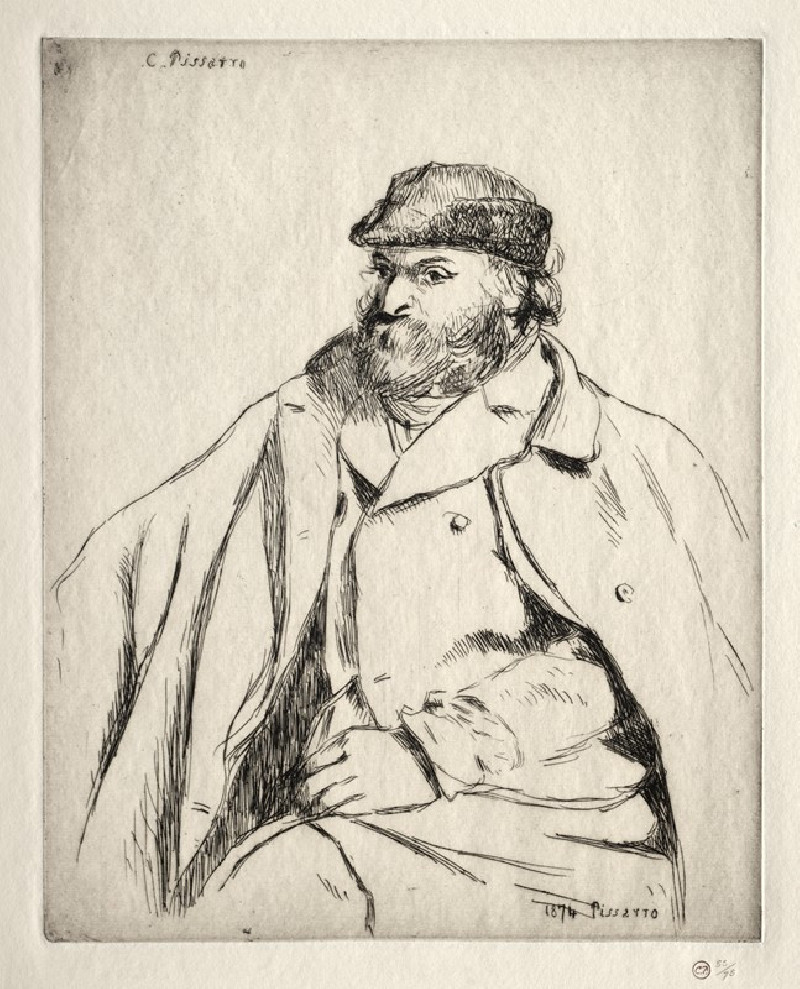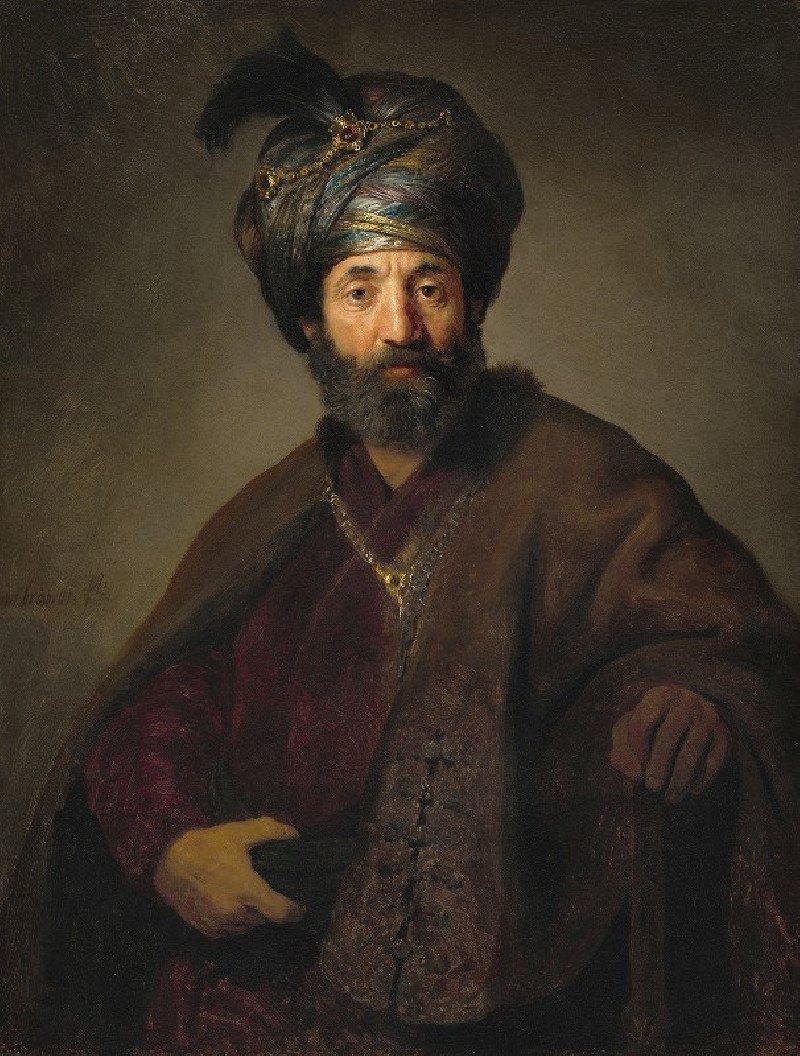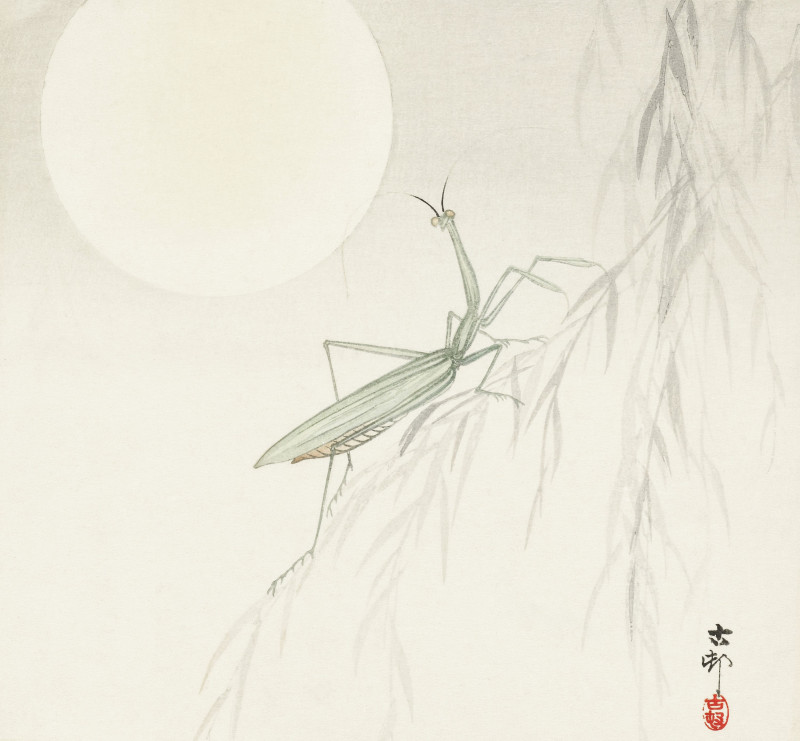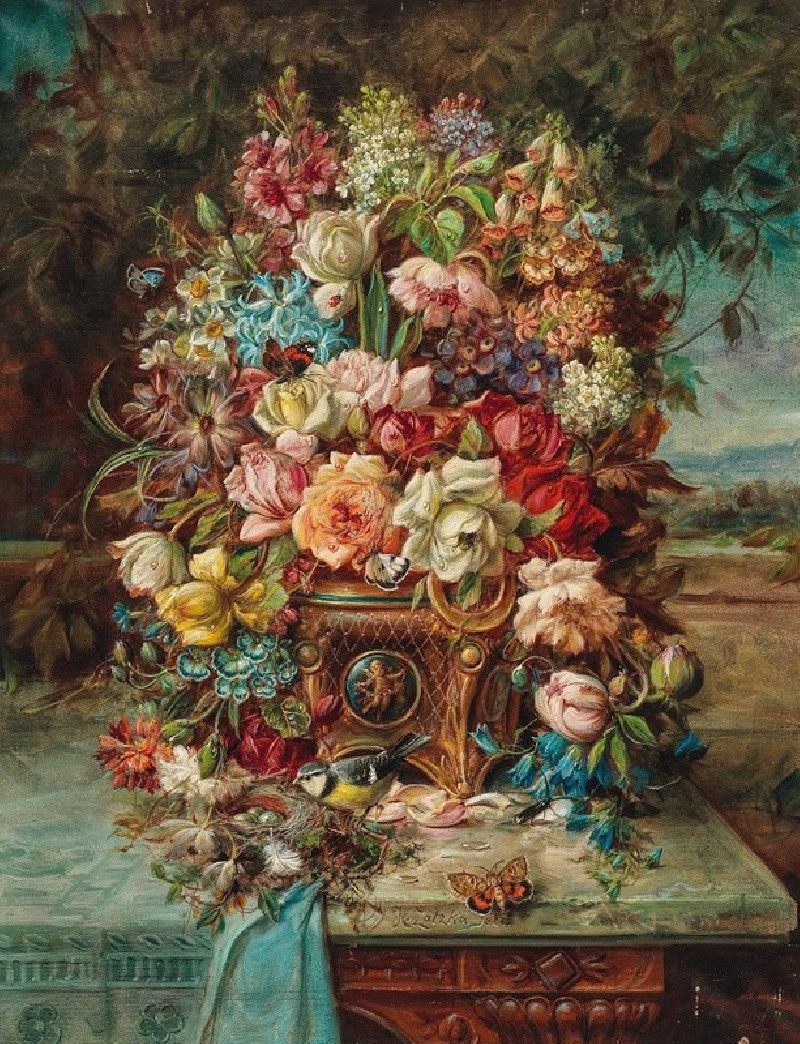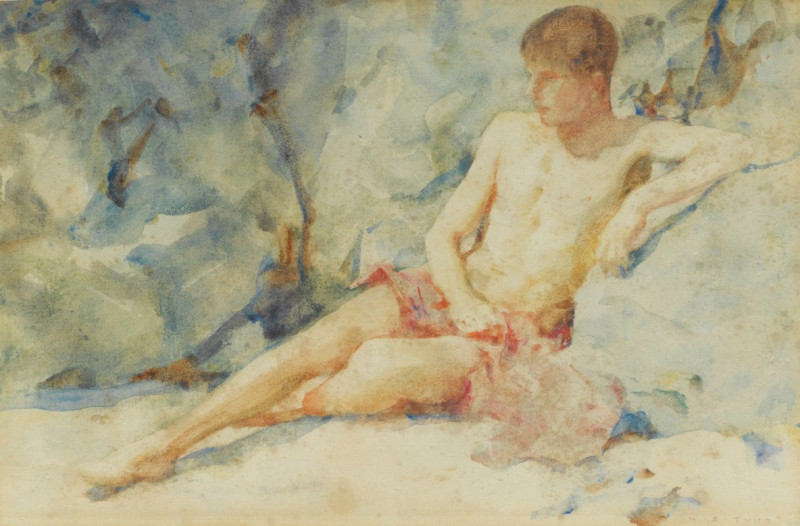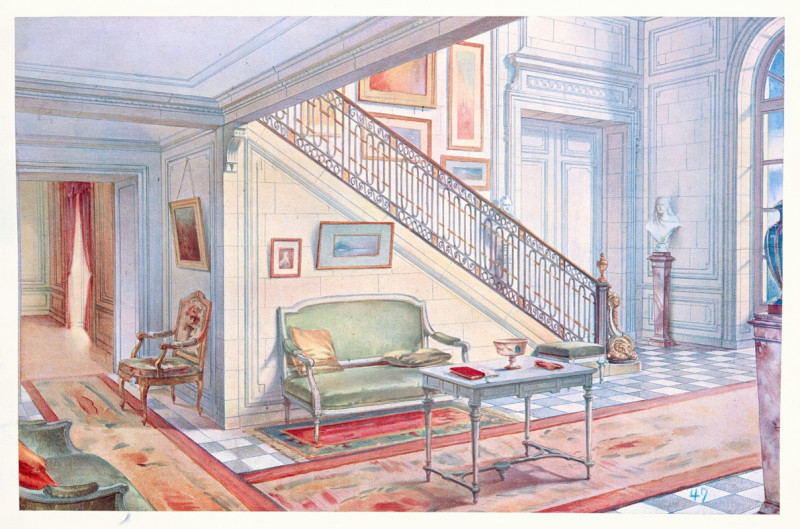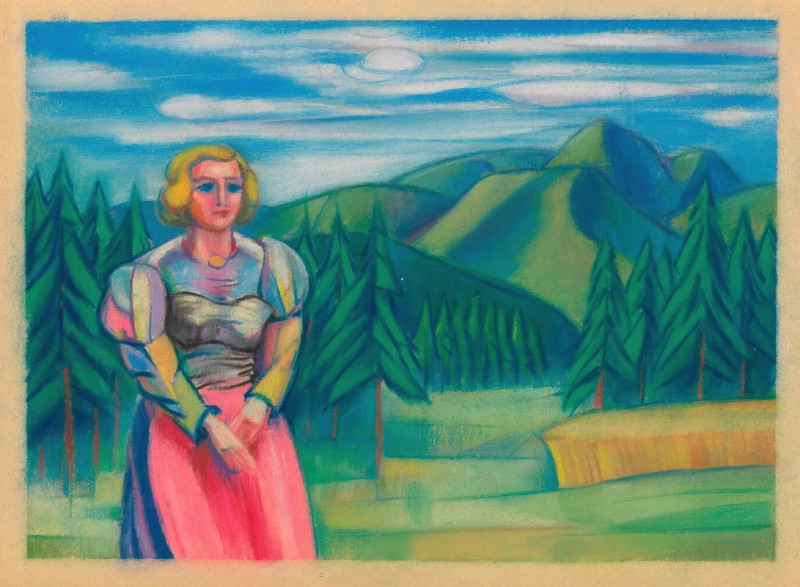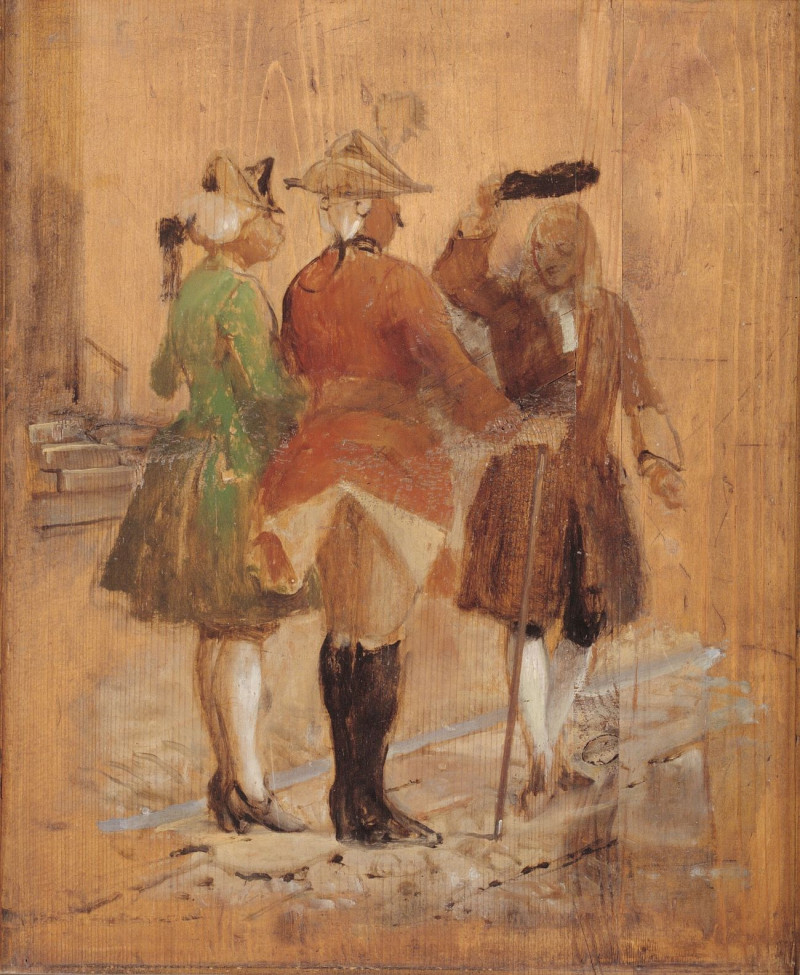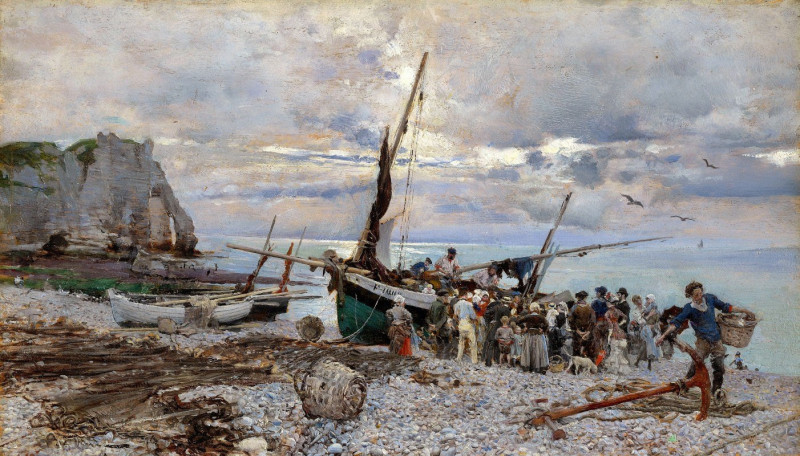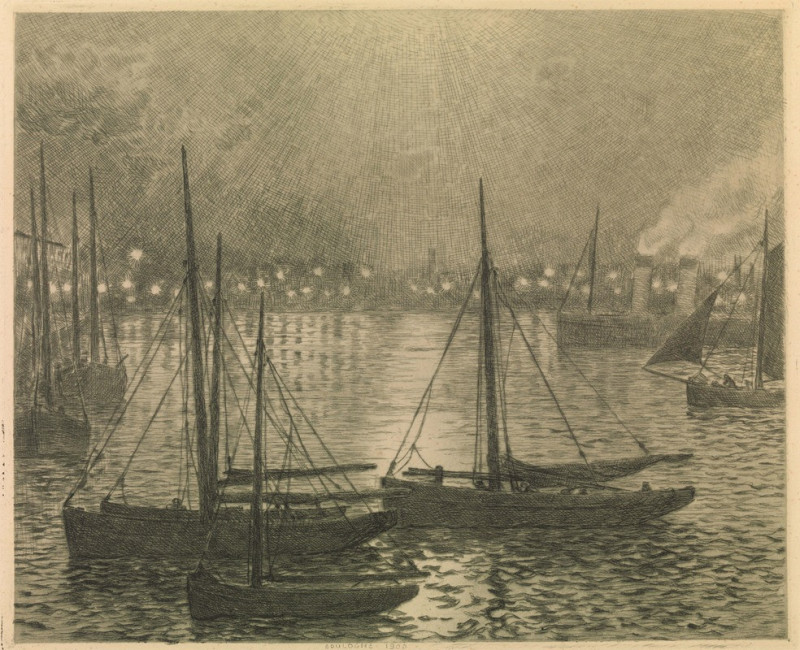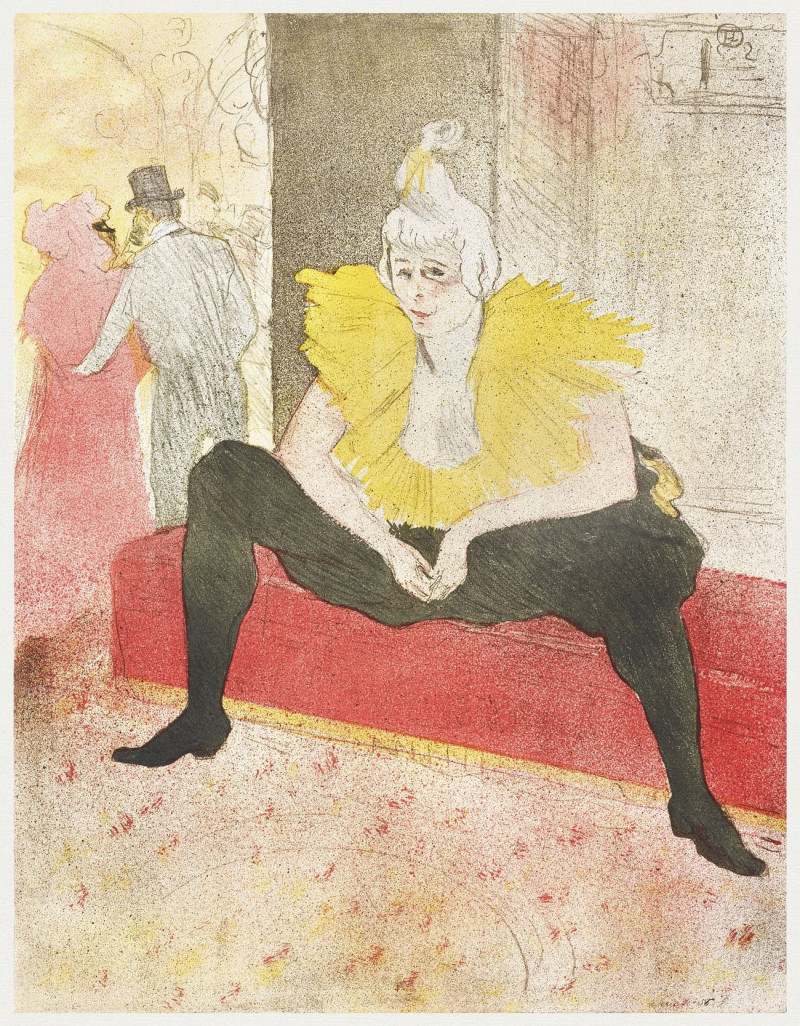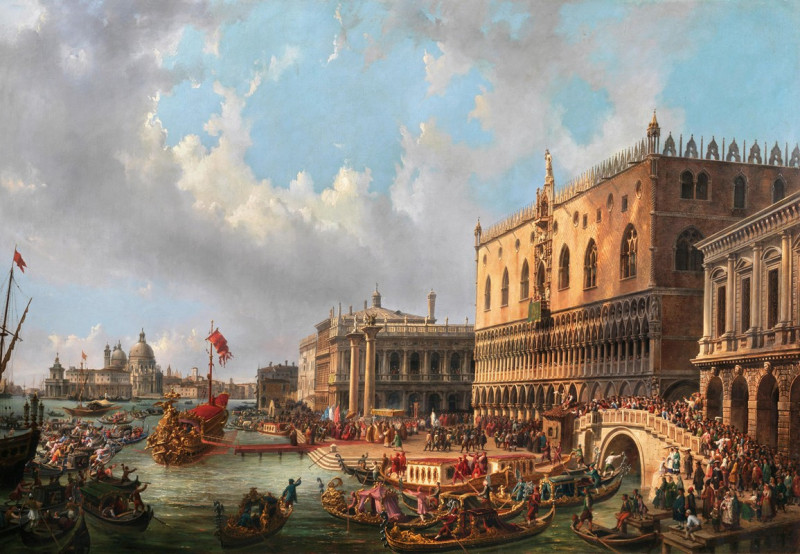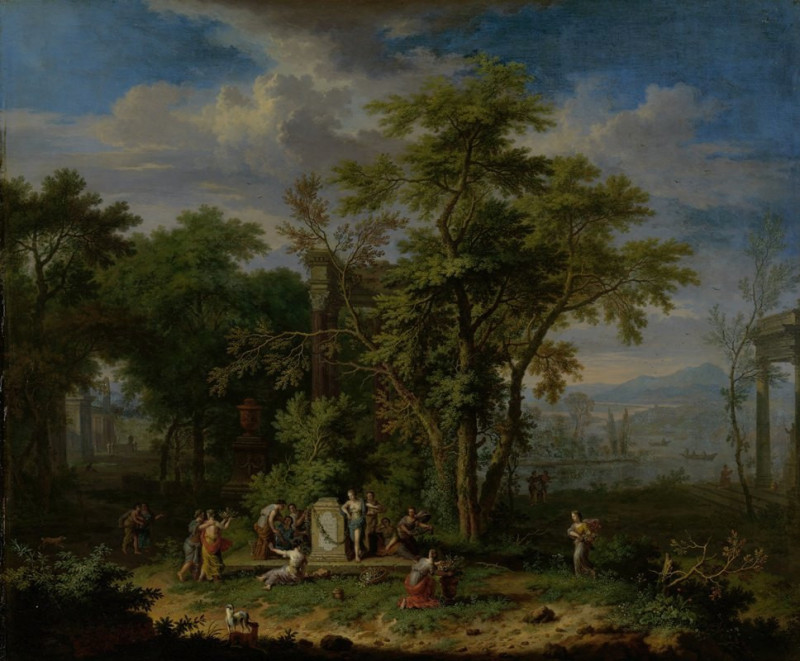Paul Cézanne (1874)
Technique: Giclée quality print
Recommended by our customers
More about this artwork
This striking etching by Camille Pissarro, simply titled "Paul Cézanne", captures the essence and demeanor of the iconic post-Impressionist painter. Created in 1874, a period marked by innovative artistic collaborations, this work serves as a remarkable testament to the friendship and mutual respect between Pissarro, a key figure of Impressionism, and Cézanne, a pioneering influence in the transition from 19th-century considerations of artistic endeavor to a new and radically different world of art in the 20th century.The etching features a detailed portrait of Paul Cézanne, a visage full of intense expression and a thoughtful mien. Cézanne is depicted with a bushy beard and a hat, cloaked in a heavy coat, suggesting perhaps a moment caught in the cooler seasons or simply the casual attire of the artist. His gaze, directed away from the viewer, and his folded arms create an aura of introspection and perhaps a hint of defiance.Pissarro’s adept use of line in this work enriches the textural details of Cézanne’s attire and gives a profound depth to his facial features, suggesting not just the physical likeness but also hinting at the complex personality beneath. This artwork is not only a representation of physical appearance but also invites viewers to ponder the thoughts and emotions of Paul Cézanne, offering a window into the soul of a man who was both a friend and a significant artistic influence.
Delivery
Returns
Blessed are they who see beautiful things in humble places where other people see nothing. — Camille Pissarro
Camille Pissarro (1830-1903) was born on St.Thomas (now the US Virgin Islands) to a Portuguese father and a Dominican mother. He went to Paris to study art at Ecole des Beaux-Arts. He was an early pioneer of pointillism and neo-impressionism and later became a mentor of many famous impressionist painters including Cezanne, Manet, Renoir, and Gauguin. His paintings depicted rural and urban French landscapes and lifestyle. Many of his works politically captured images of peasants and laborers. Today, he is considered the father of impressionism.

